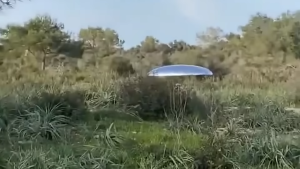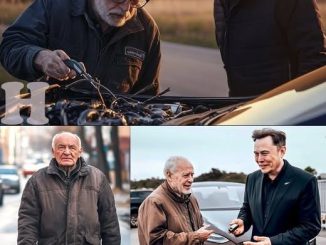
In a striking announcement that could reshape the future of manufacturing, Tesla CEO Elon Musk has revealed his plan to replace all human factory workers with robots, making Tesla the first car company to achieve 100% fully automated production. According to Musk, this bold shift could reduce the cost of Tesla vehicles by up to 50%, ushering in a new era of affordability, speed, and efficiency in the electric vehicle industry.
“Humans are just too slow,” Musk remarked in a recent interview. “To build the future, we need machines building machines.” This philosophy, long echoed throughout Tesla’s evolution, is now reaching its most ambitious phase—what Musk calls the “alien dreadnought” factory, where robots design, assemble, and deliver vehicles with minimal human oversight.
The Rise of the Machine Factory
Tesla has always stood at the edge of innovation. From AI-driven Autopilot to breakthrough battery technology, the company has never shied away from reimagining what’s possible. But full automation of the factory floor takes things to an entirely new level.
Under Musk’s plan, robotic arms, AI vision systems, autonomous carts, and machine-learning algorithms will manage every phase of production—from welding and painting to final assembly and quality inspection. Not only would this minimize human error, but it would also drastically cut production times and labor costs.
By eliminating much of the manual labor, Tesla could pass significant savings on to consumers, making electric vehicles (EVs) far more accessible. A Model 3 that currently costs around $39,000 could, under this vision, retail for less than $20,000—a potential game-changer in the global EV market.
Praise and Pushback
While many tech enthusiasts and economists have praised the plan for its potential to supercharge innovation and reduce prices, not everyone is celebrating.
Labor advocates and critics warn that such a sweeping move could have massive social and economic consequences. With tens of thousands of factory workers currently employed at Tesla’s gigafactories worldwide, a fully automated system could lead to widespread job displacement and increased unemployment in the manufacturing sector.
“This isn’t just about Tesla—it’s about the future of work,” said Janet Morales, a labor economist at UC Berkeley. “If one major automaker can operate without human workers, how long before others follow? What happens to those communities built around these jobs?”
Musk, however, insists that automation will create more jobs than it eliminates, citing new opportunities in robot design, maintenance, software development, and data analysis. “The jobs don’t disappear—they evolve,” he said. “We’re not taking away work. We’re upgrading it.”
A Glimpse into the Future of Manufacturing
Tesla’s fully automated factory is still in development, with pilot systems already being tested in select production lines. If successful, Musk says the model will be scaled globally, with gigafactories on every continent adopting this futuristic blueprint.
This shift also places pressure on other automakers to catch up. Companies like Ford, GM, and Toyota have begun exploring deeper automation, but none have committed to the complete robotic overhaul that Tesla envisions.
The Road Ahead
As always, Elon Musk’s vision is as thrilling as it is controversial. A fully automated Tesla factory promises lower prices, faster production, and unmatched consistency—but it also raises fundamental questions about the future of labor, ethics, and the balance between technology and humanity.
Is this the dawn of a utopia where machines handle mundane work, freeing humans to pursue creative and intellectual endeavors? Or is it a warning sign of rising inequality and job displacement?
Only time will tell—but one thing is certain: Tesla is once again driving the future, and the world is watching every turn of the wheel.


